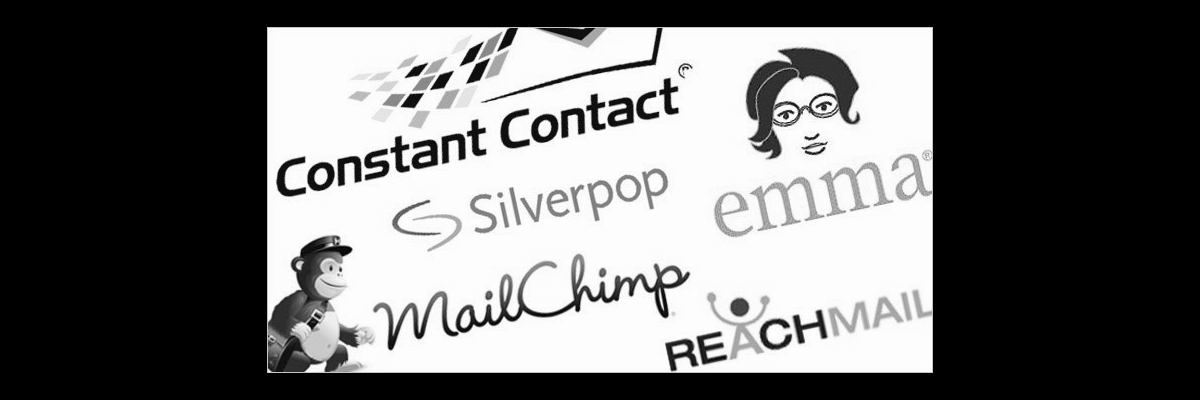
10 Big-Picture B2B Email Marketing Tips
April 12, 2011
Email marketing still works. In fact a well designed email marketing campaign can help you do a whole lot of great things:
- Inform current customers of new products and services
- Reach out to prospects with exciting offers
- Reward current customers with loyalty programs
- Educate customers with useful information and insights about your industry
- Solicit feedback from customers to strengthen your product offering and service
10 "Big Picture" B2B Email Marketing Tips
- Start with a strategy. Who are you trying to reach? What do you want them to do? How will you measure success?
- Build a 12-month calendar. Determine how frequently emails should be sent. Once a month is a good default if you're unsure. Remember that consistent delivery is very important.
- Create strong calls to action. Your email should always give the reader something to do - a way of taking a next step - making a purchase, scheduling a consultation, taking a survey, etc.
- Set up a tracking process. In order to measure the effectiveness of an email, you'll need to track leads generated by your mailing. This can get complicated, and is a major reason why firms use us for email marketing management.
- Design and write with care. To be effective, your email must have a "wow" factor. It must get to the point. It must be persuasive. It must lay out vital information where the reader's eye is sure to catch it.
- Match your content length to your offer. People get tripped up by making universal statements such as "emails need to be short" or "long copy works." The fact is, it depends. If you have a complicated offer - go long. If you're introducing a radically new product nobody will understand - go long. If your offer is simple, compelling and immediately understandable - go short. No sense mucking up a simple message with extraneous information.
- Test. Email marketing is an exercise in continuous improvement. It's unlikely you'll hit a home run right out of the box, so test (and track!) different offers. Segment your list and construct offers focused in tightly on their needs. Don't get discouraged if the first month or two or three of a campaign show mediocre results - steady improvement is what you're after in the early stages.
- Nurture your list. The best email list - and generally the only type you should use - is the one you build organically. Keeping a mailing list up to date, and finding ways to capture new emails from genuinely interested prospects, takes time and imagination. Avoid the common error of spending all your time on the fun stuff, like creating offers, and underestimating the effort required to support your campaign on the back end.
- Select the right email management tool. They are not all the same, and depending on your needs (e.g., list segmentation, design, distribution schedules) one may be vastly more efficient than another. If you lack internal resources to manage campaigns, seek out an agency to do the grunt work for you.
- Have an email mindset. Managing internal expectations is important for building and maintaining enthusiasm for a campaign. You can't expect an open rate of 80%. A lot of your emails will wind up in a spam folder. Many will go unread. Many will go unacted upon. None of this means your campaign is failing. If your message is relevant and your list is ever-improving, your response rates will grow over time, along with great fringe benefits such as heightened brand awareness and referrals.
Need help figuring out your campaign? Request a quote and we can talk it over!
We deliver! Sign up and we’ll send our valuable content right to your inbox.




